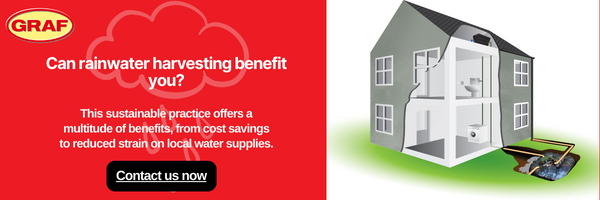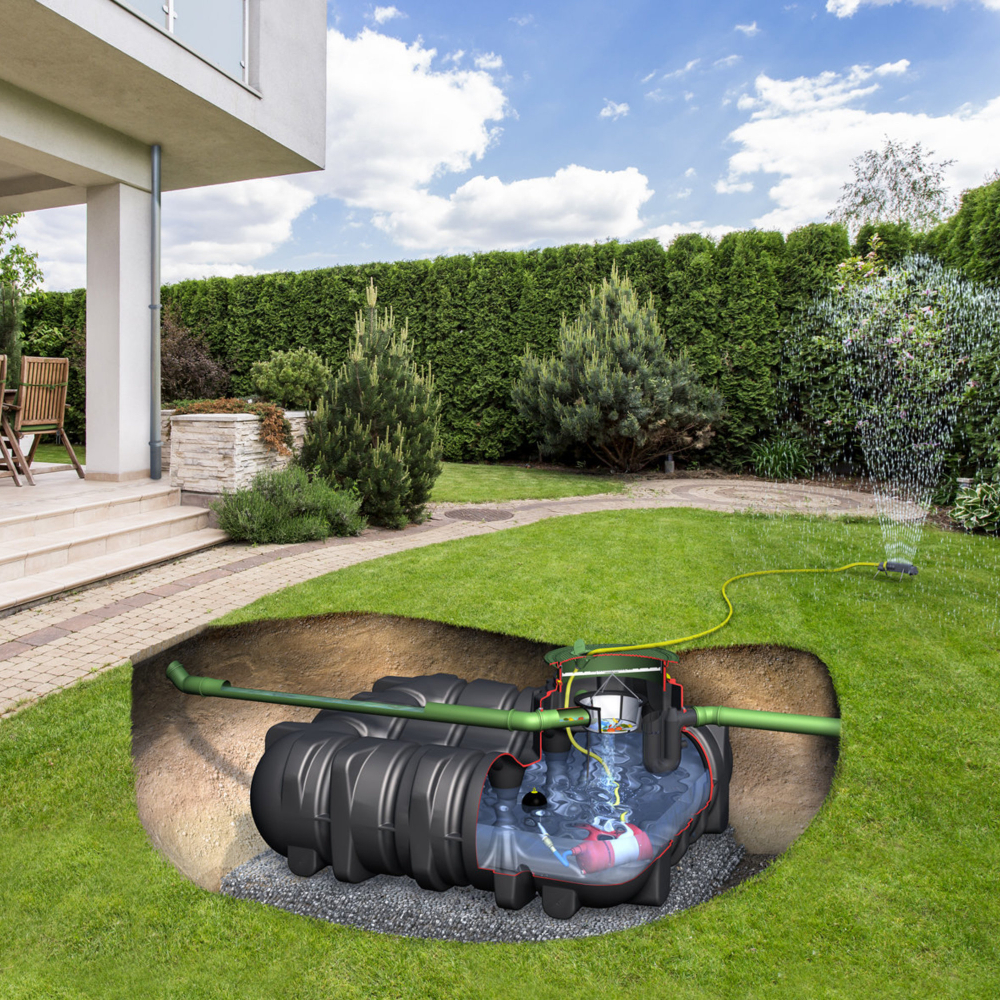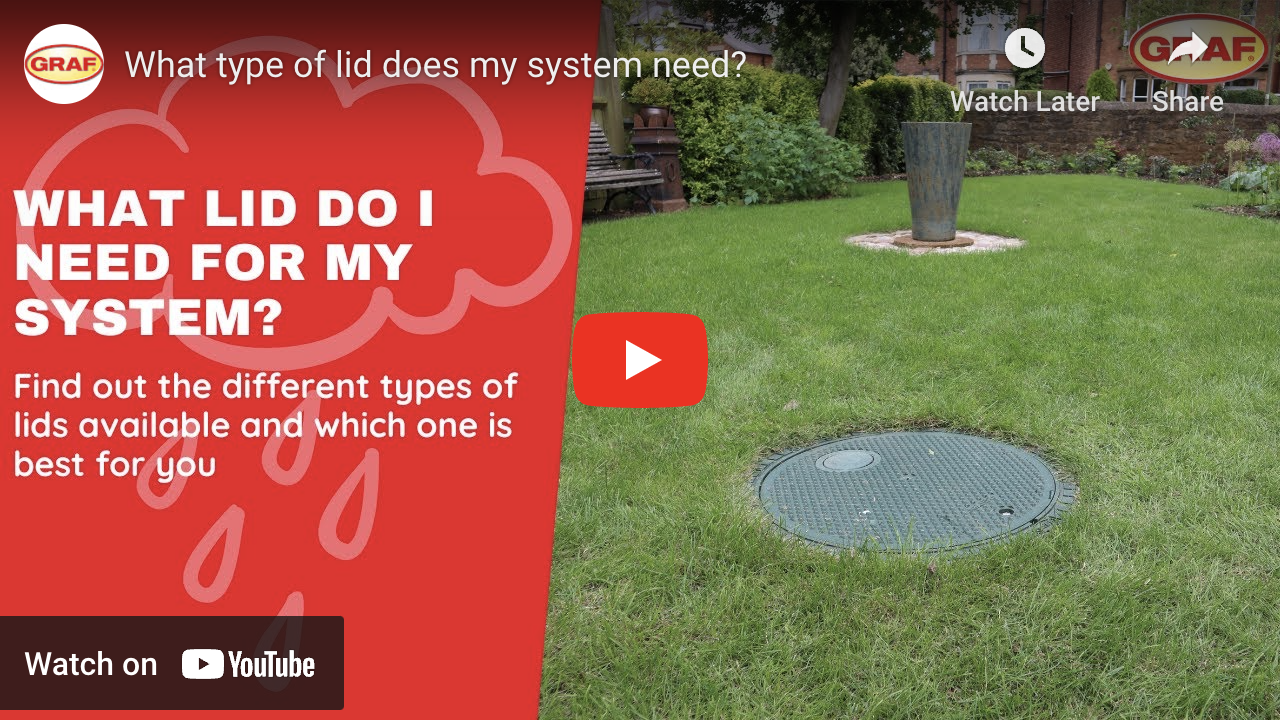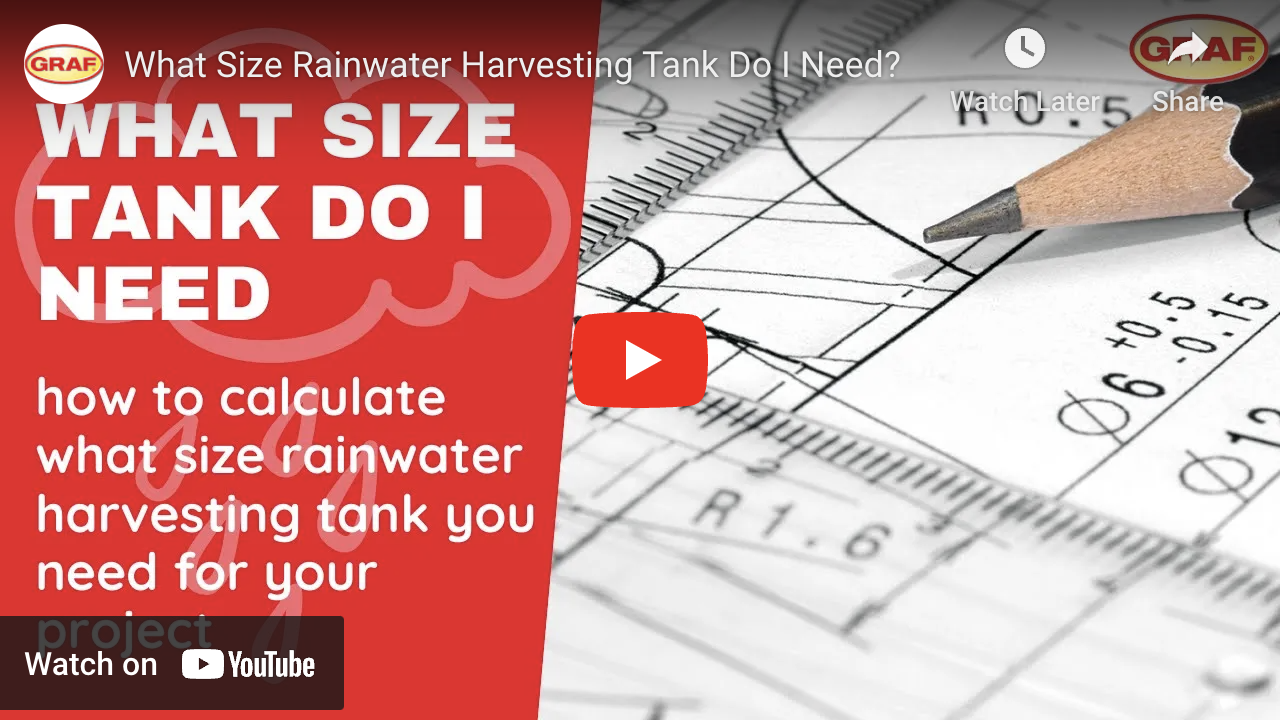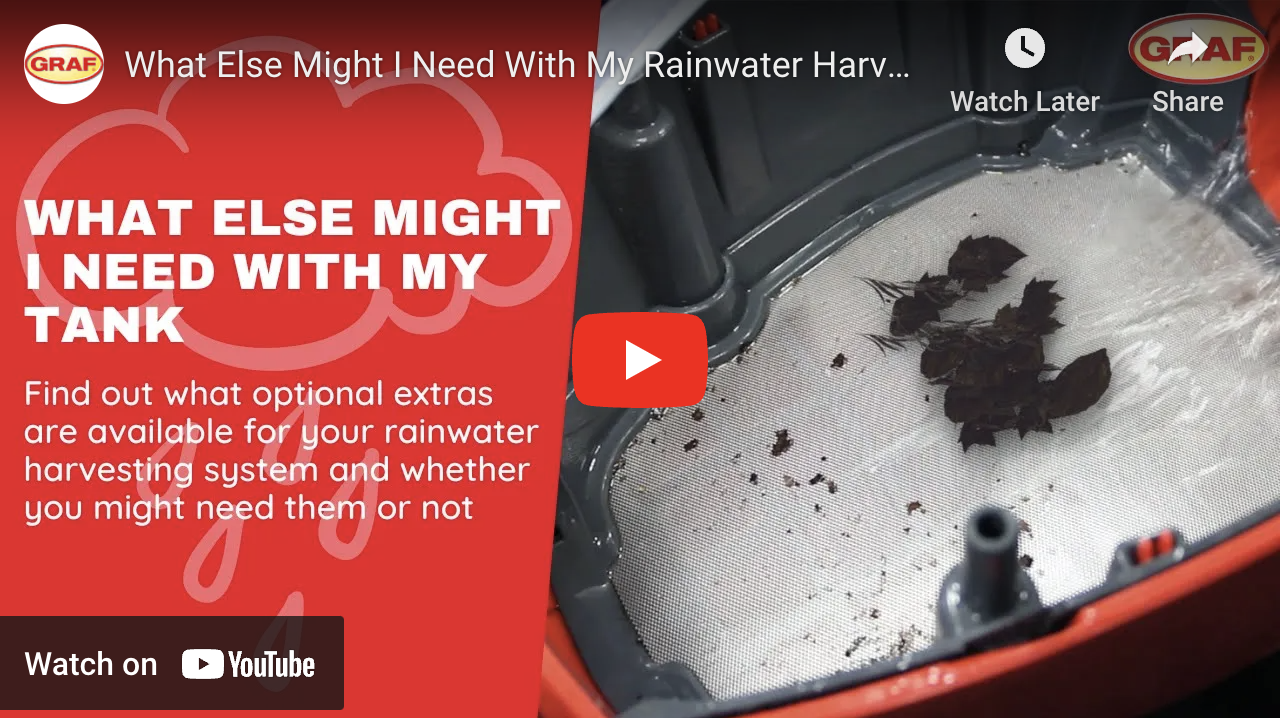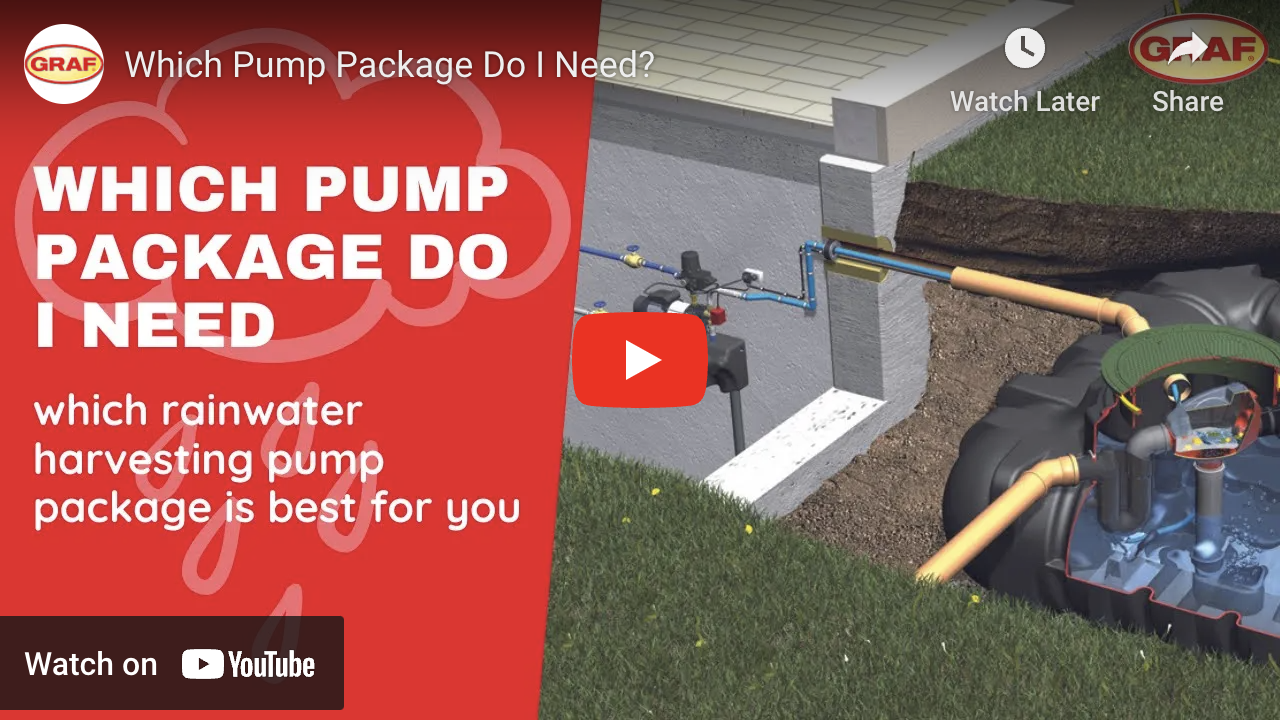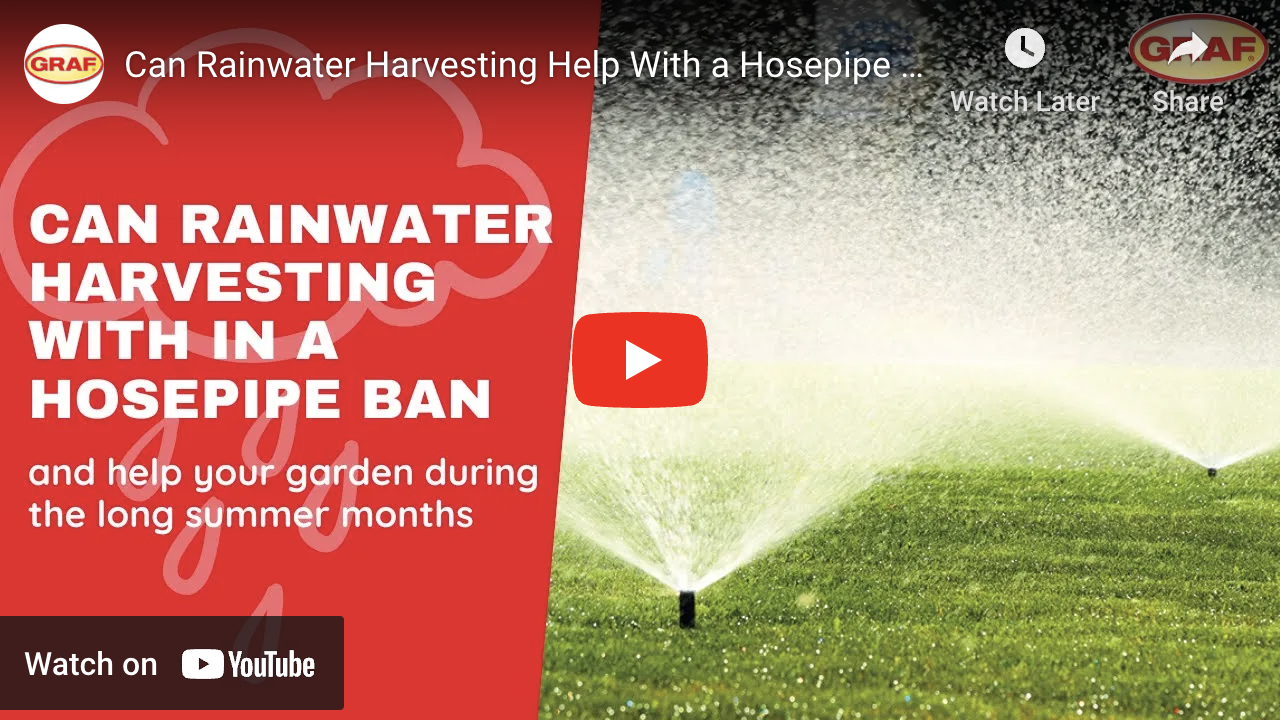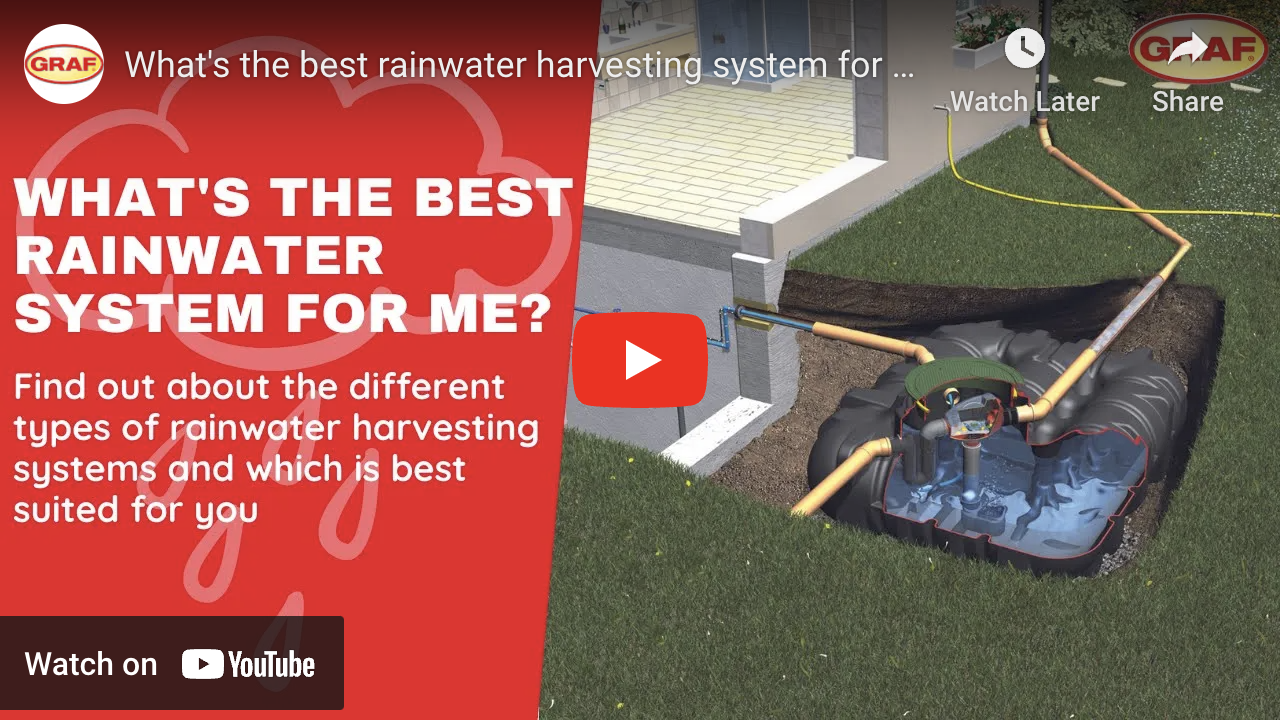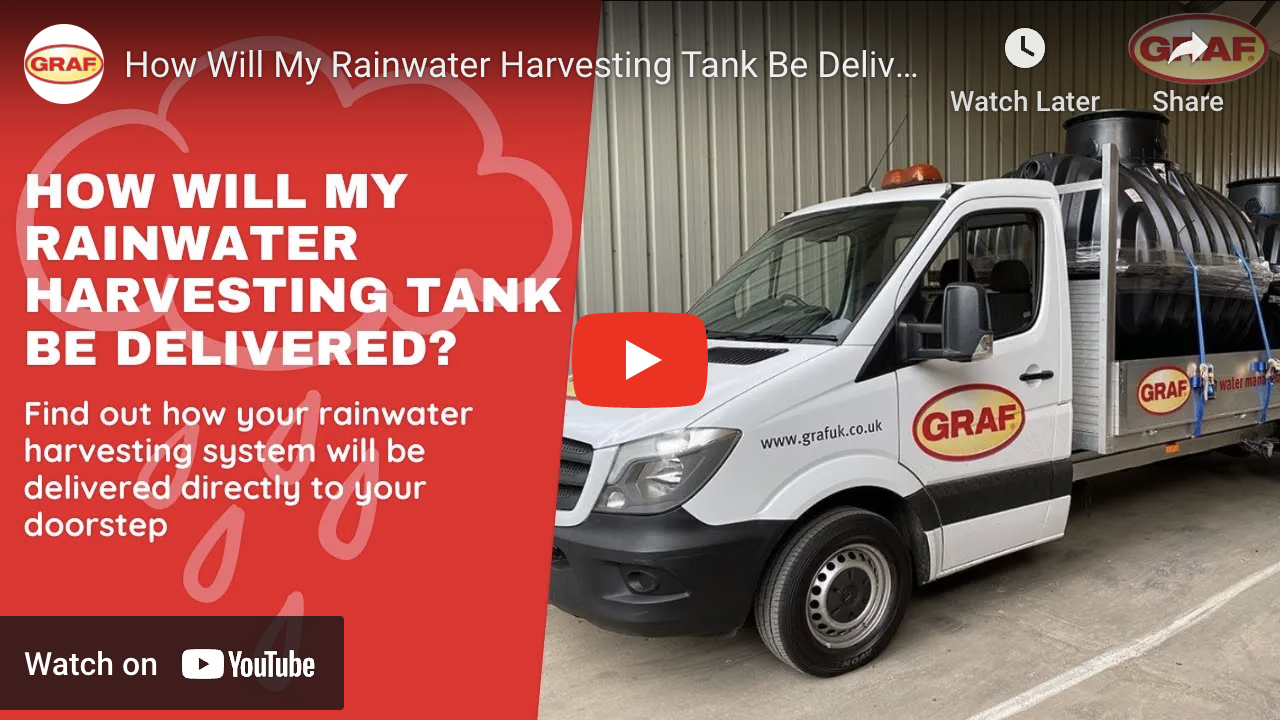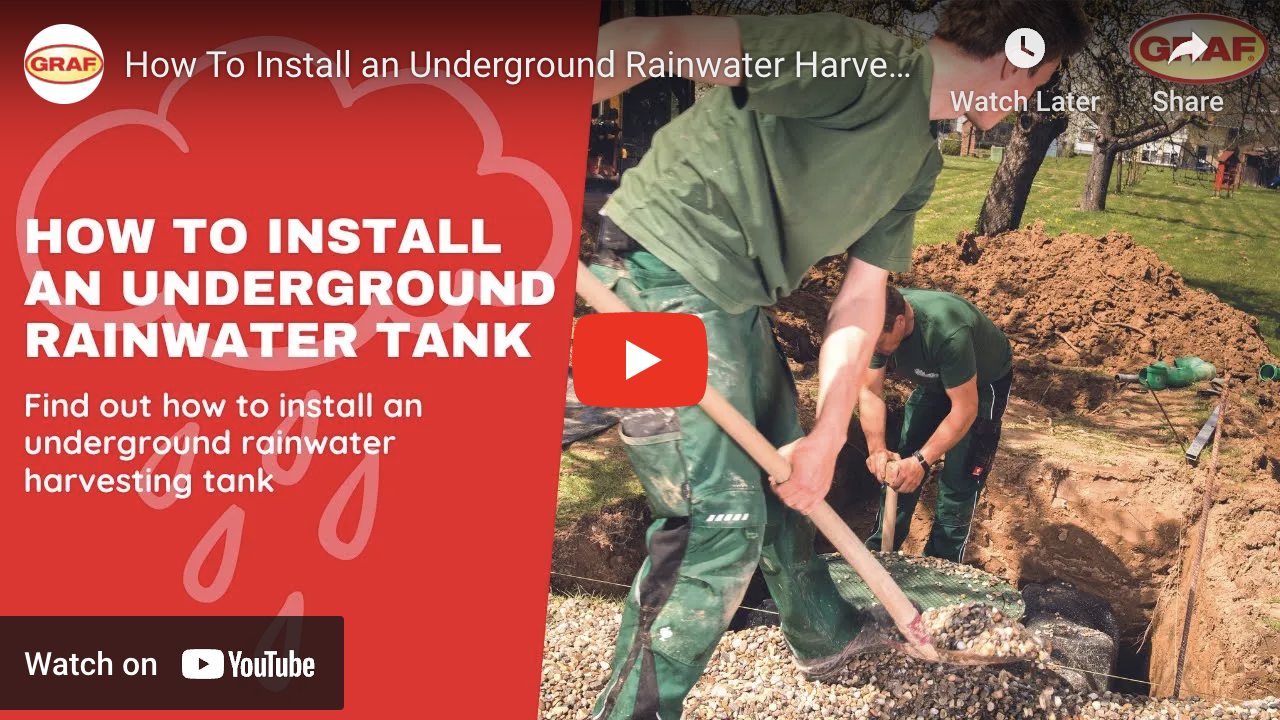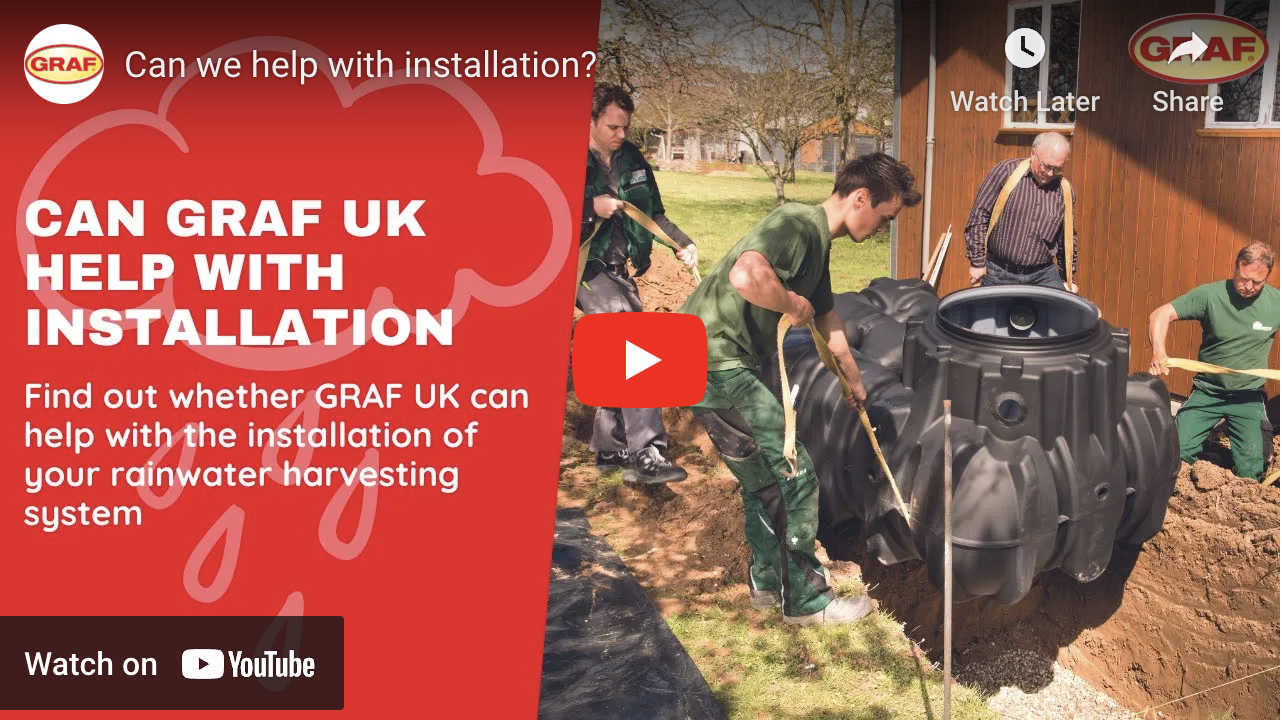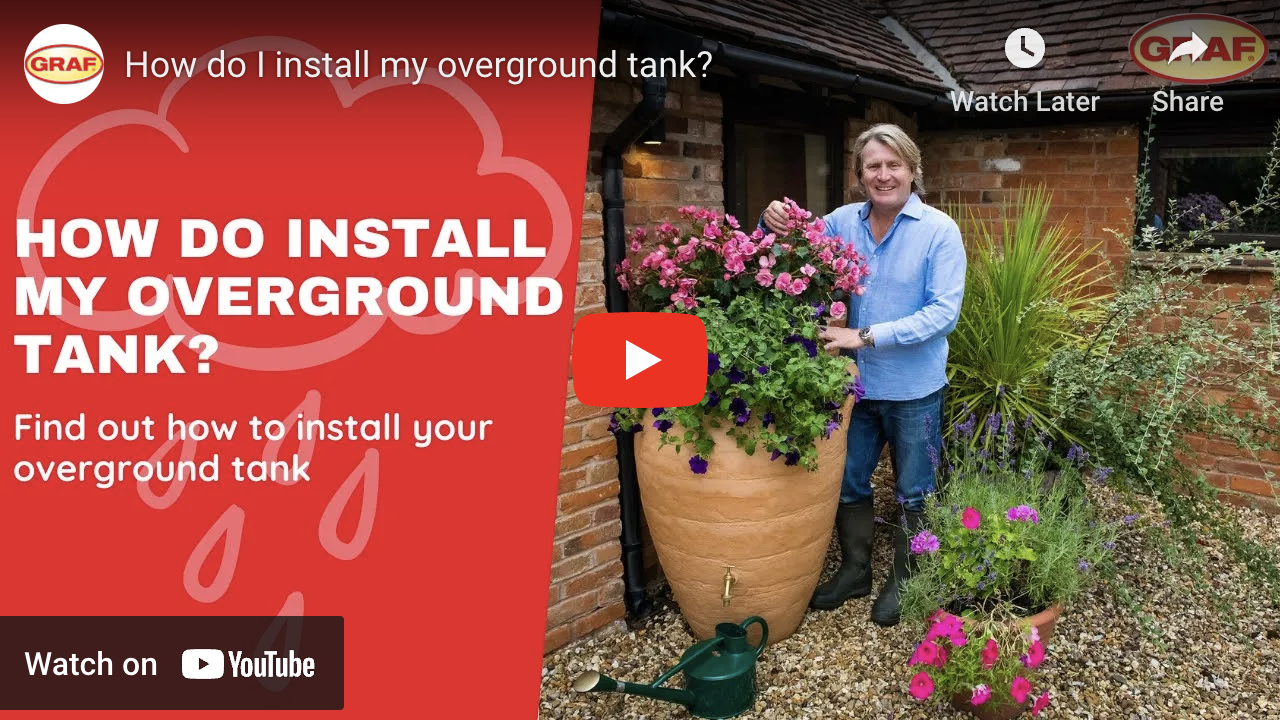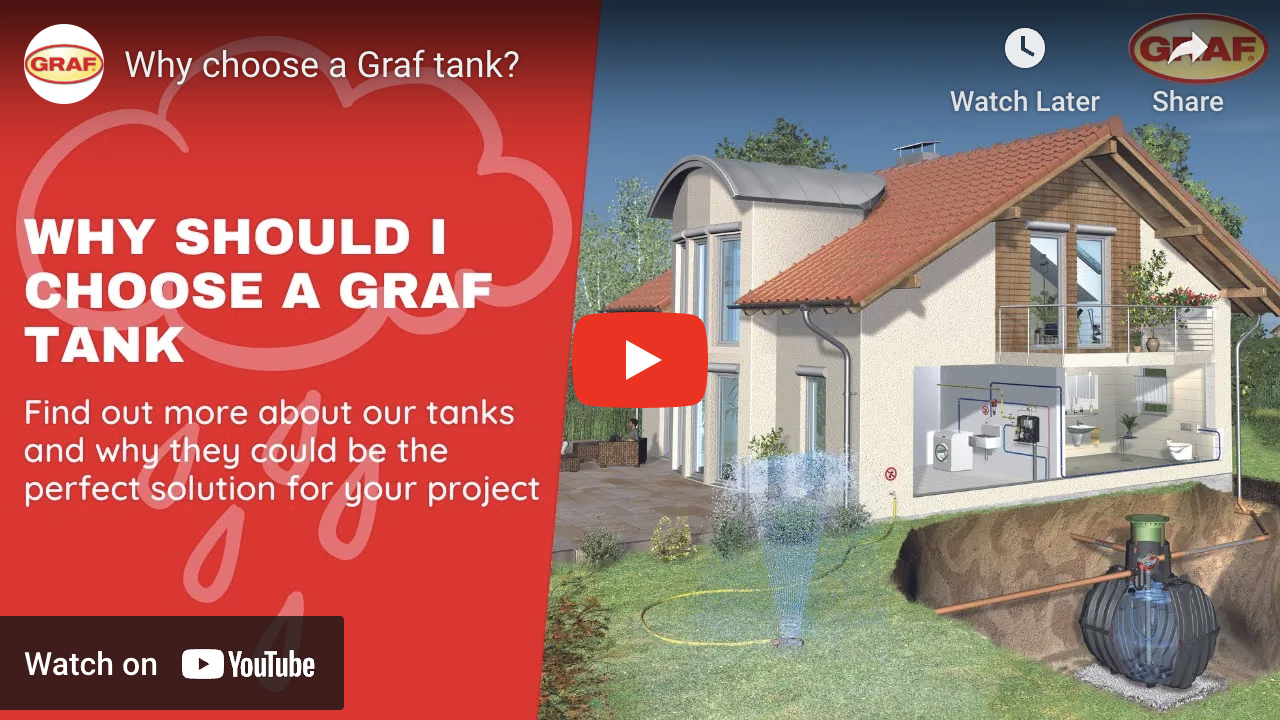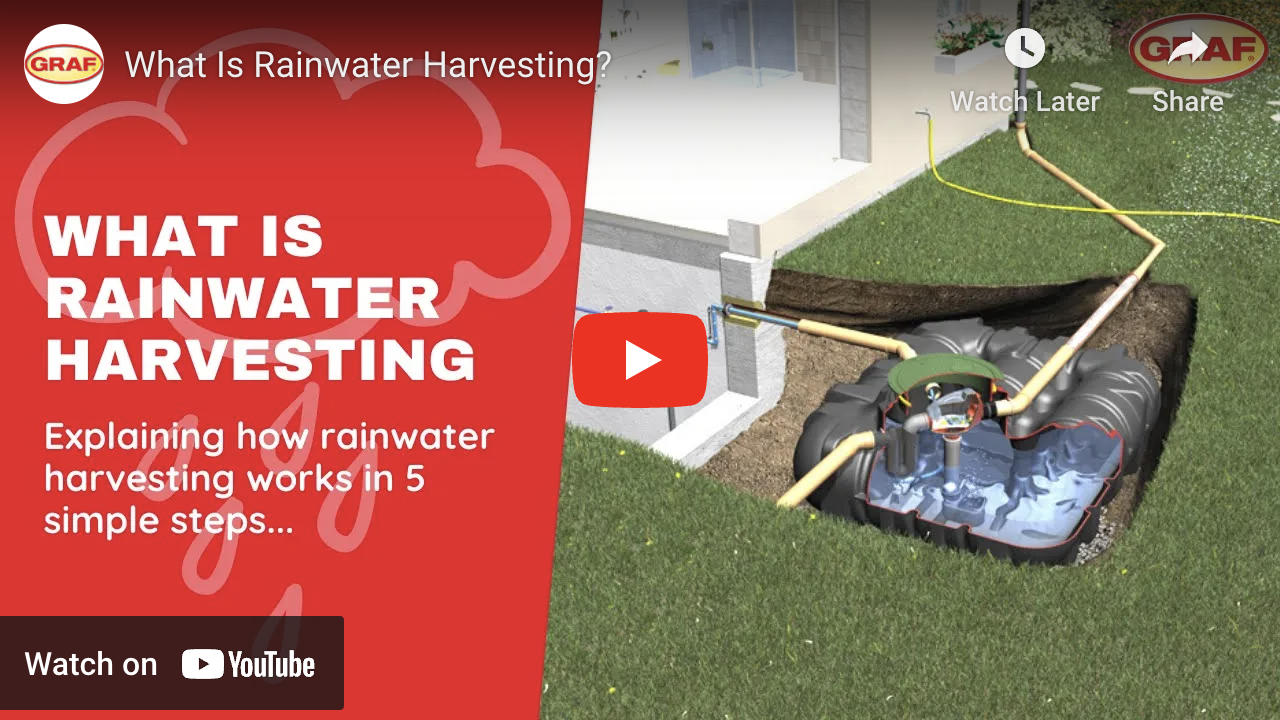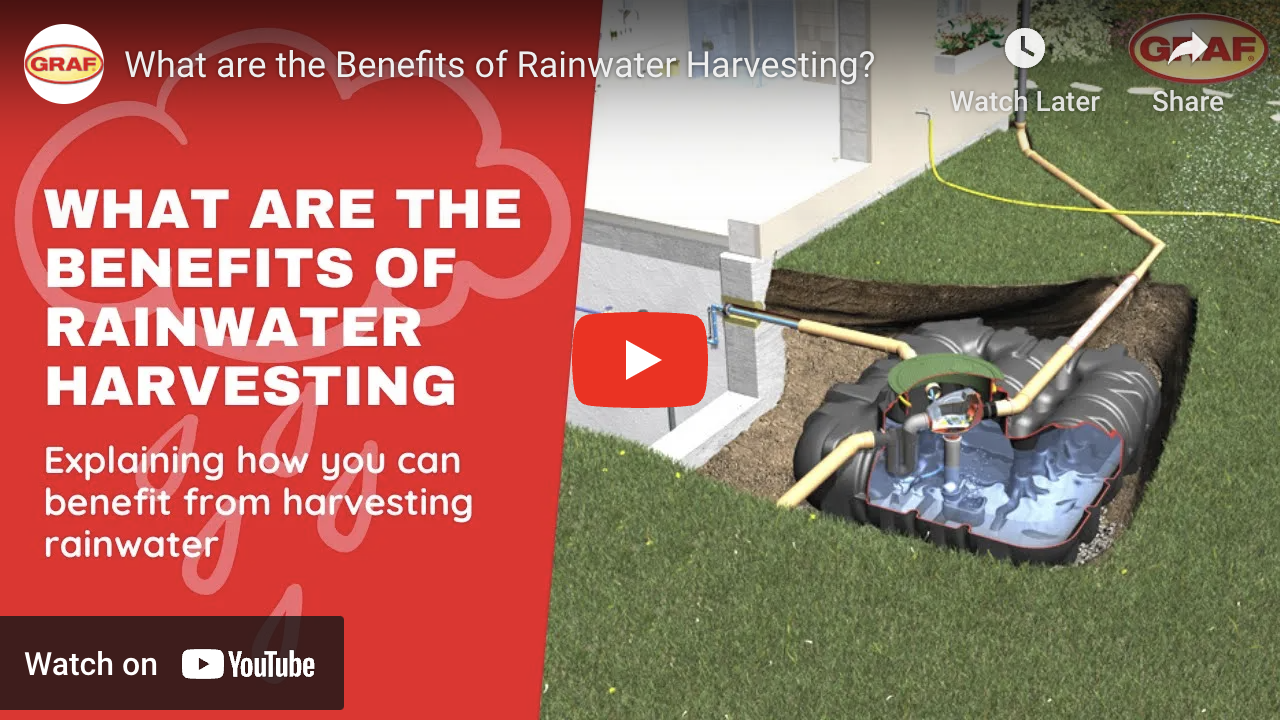Read time: 7 minutes
Embracing sustainable solutions like rainwater harvesting has become increasingly important for individuals and families who are committed to making environmentally conscious choices. Amidst growing concerns about water scarcity and resource depletion, the practice of collecting and utilising rainwater has emerged as a viable strategy. However, there are several prevalent misconceptions surrounding rainwater harvesting that may deter its adoption among our audience. In this blog post, we’re here to debunk these misconceptions and provide accurate insights tailored to your eco-conscious mindset. By dispelling these myths, we aim to empower you with the right knowledge to fully embrace the benefits of rainwater harvesting, contribute to water conservation, and play your part in creating a more sustainable world.
Rainwater Harvesting is Only for Rural Areas
As forward-thinking individuals, it’s crucial to challenge the misconception that rainwater harvesting is exclusive to rural settings. In fact, you can seamlessly integrate it into urban and suburban environments, aligning perfectly with your sustainable lifestyle. Let’s delve into reality and explore how rainwater harvesting thrives beyond rural landscapes.
The belief that rainwater harvesting is suited only for rural areas stems from the idea that urban settings lack the space for water collection. However, modern systems are designed to maximise efficiency even in limited spaces. Vertical storage solutions, compact collection surfaces, and innovative designs cater to the spatial constraints of urban and suburban homes.
Rainwater Harvesting in Urban and Suburban Settings: In bustling cities and suburban neighbourhoods, rainwater harvesting offers numerous benefits. By capturing rainwater from rooftops, you can significantly reduce your reliance on traditional water sources. This not only decreases water bills but also alleviates pressure on local water supplies, especially during peak demand.
Examples of Success: The success stories of rainwater harvesting in urban environments are inspiring and abundant. Imagine apartment complexes equipped with rooftop rainwater collection systems that supply water for common area irrigation. Picture suburban households utilising collected rainwater for watering lawns, washing cars, and even flushing toilets. These real-world examples demonstrate that rainwater harvesting is adaptable and impactful regardless of your residential context.
Whether you reside in a city apartment or a suburban home, rainwater harvesting can be tailored to fit your unique space and needs. Compact rain barrels, wall-mounted collection systems, and integrated designs are all viable options. Embracing rainwater harvesting contributes to your commitment to sustainability while making a tangible difference in conserving water resources.
By debunking the myth that rainwater harvesting is confined to rural areas, we empower you to explore this eco-friendly practice within your urban or suburban abode.
Rainwater Harvesting is Too Expensive
It’s a common misconception that rainwater harvesting comes with a high price tag. However, let’s set the record straight. While there might be an initial investment involved, the long-term benefits of rainwater harvesting far outweigh the costs. Think of it as an investment in both environmental sustainability and your financial future.
When considering rainwater harvesting, it’s important to weigh up the initial expense against the lasting advantages. By collecting and utilising rainwater, you’ll significantly reduce your dependence on traditional water sources. This translates to lower water bills in the long run and contributes to a more sustainable lifestyle.
There are plenty of cost-effective options available that can cater to different budgets. Many DIY rainwater harvesting systems are accessible and affordable, making it possible to start small and expand over time.
In essence, rainwater harvesting is an investment that pays off both for the environment and your wallet. Don’t be discouraged by the misconception of high costs; explore the options available and discover the financial benefits that come with this sustainable practice.
Rainwater Harvesting Requires Complicated Maintenance
The truth is, maintaining a system doesn’t have to be overwhelming or intricate. With a little knowledge and consistent care, keeping your system in tip top shape is achievable.
To simplify the maintenance process, here are some straightforward tips to follow:
- Regular Inspections: Perform routine checks on components such as gutters, filters, storage tanks, and distribution systems. Look for signs of debris buildup, leaks, or any damage that may require attention.
- Keep it Clean: Clean collection surfaces, gutters, and filters regularly to prevent clogs and ensure efficient water flow. Removing debris and sediment helps maintain water quality and system functionality.
- Stay Consistent: Make a habit of monitoring water levels in storage tanks and using harvested rainwater regularly. Regular use prevents stagnation and keeps water flowing smoothly through the system.
- Embrace Technology: Take advantage of technological advancements that simplify maintenance. For instance, some systems come equipped with automated features for cleaning and filtering rainwater, reducing manual efforts.
- Seasonal Adjustments: Adapt your maintenance routine according to seasons. Clearing leaves in the autumn and preparing for winter.
Advancements in rainwater harvesting technology have made maintenance even more manageable. Automated cleaning systems, self-cleaning filters, and improved materials have reduced the need for constant hands-on maintenance.
In essence, keeping your system well maintained is not as complex as it may seem. Regular attention and simple practices go a long way in ensuring the longevity and efficiency of your system, making it a practical and sustainable choice for the long term.
Rainwater Harvesting Systems are Complex to Install
Rainwater harvesting systems are not as complex to install as they may appear. Understanding the basic components and installation process can help you see that setting up a system is a feasible and rewarding endeavour.
Here’s a breakdown of the main components and their installation steps:
- Collection Surfaces: Typically, these consist of rooftops or other structures where rainwater collects. They don’t require specific installation, but maintaining the roof properly is essential to ensuring clean rainwater collection.
- Gutters and Downpipes: Install gutters along the edges of collection surfaces to channel rainwater into downpipes. Secure the gutters properly and ensure they have a slight slope to encourage water flow.
- Filters: Integrated filters are a crucial component of your rainwater harvesting system, playing a significant role in maintaining water quality. Their design prevents leaves, twigs, and other debris from entering the storage tanks, ensuring that the harvested rainwater remains clean and safe for various uses.
- Storage Tanks: Choose a suitable location for your storage tank and ensure a stable foundation. Underground water tanks can be located under driveways or lawns.
- Distribution Systems: If using the harvested rainwater for various purposes, set up a distribution system. This may involve installing pipes, pumps, and valves to transport water from the storage tank to the intended areas.
- Overflow Mechanism: Install overflow pipes to prevent excess rainwater from flooding. These pipes should direct overflow away from buildings and infrastructure.
While these steps might seem overwhelming, remember that there are resources, guides, and professionals available to assist with installation. Many providers of rainwater harvesting systems offer detailed installation instructions and guidelines. You can also consult professionals experienced in rainwater harvesting to ensure a smooth installation process.
For those who prefer a hands-off approach, hiring a professional installer can provide peace of mind. These experts have the knowledge and experience to set up your system efficiently and correctly.
Even for those without extensive DIY experience. Understanding the process and utilising available resources can help you successfully set up a system that contributes to water conservation and sustainability.
Rainwater Harvesting Systems Provide Low-Quality Water
Challenge the misconception that systems yield subpar water quality. In reality, these systems can deliver high-quality water through effective filtration and treatment methods.
Here’s how:
- Filtration: Filters installed in rainwater harvesting systems remove debris, leaves, and contaminants from collected rainwater before it reaches storage tanks.
- First Flush Diverters: These devices redirect initial rainwater flow, which may contain dirt and pollutants, away from storage tanks, maintaining water quality.
- Treatment Methods: UV treatment, chlorination, and other purification techniques can be integrated to ensure harvested rainwater meets stringent quality standards.
You can use harvested rainwater for various non-potable activities such as irrigation, toilet flushing, and laundry. It’s important to note that while this water may not be suitable for drinking, it can serve many practical purposes, contributing to sustainability and resource conservation.
If you have any questions or require any further guidance on your journey towards more responsible water management, please do not hesitate to reach out. Together, let’s embrace rainwater harvesting as a viable solution for a greener and more water-efficient future.
